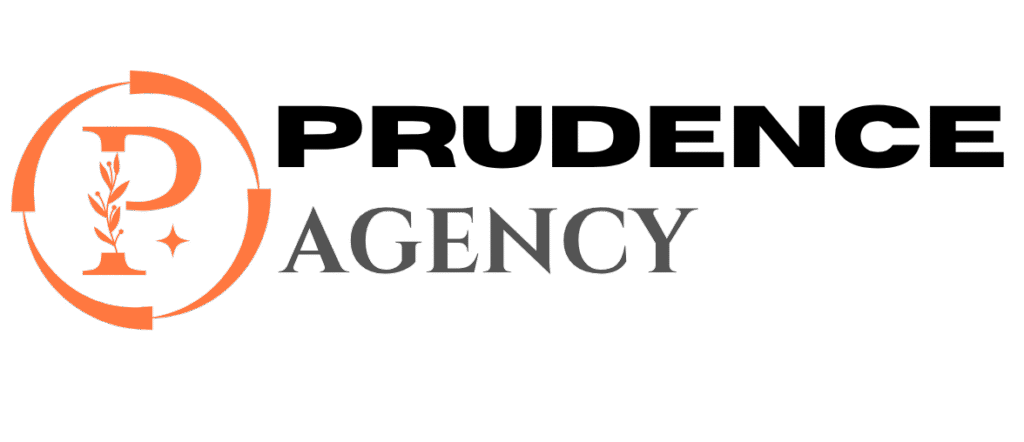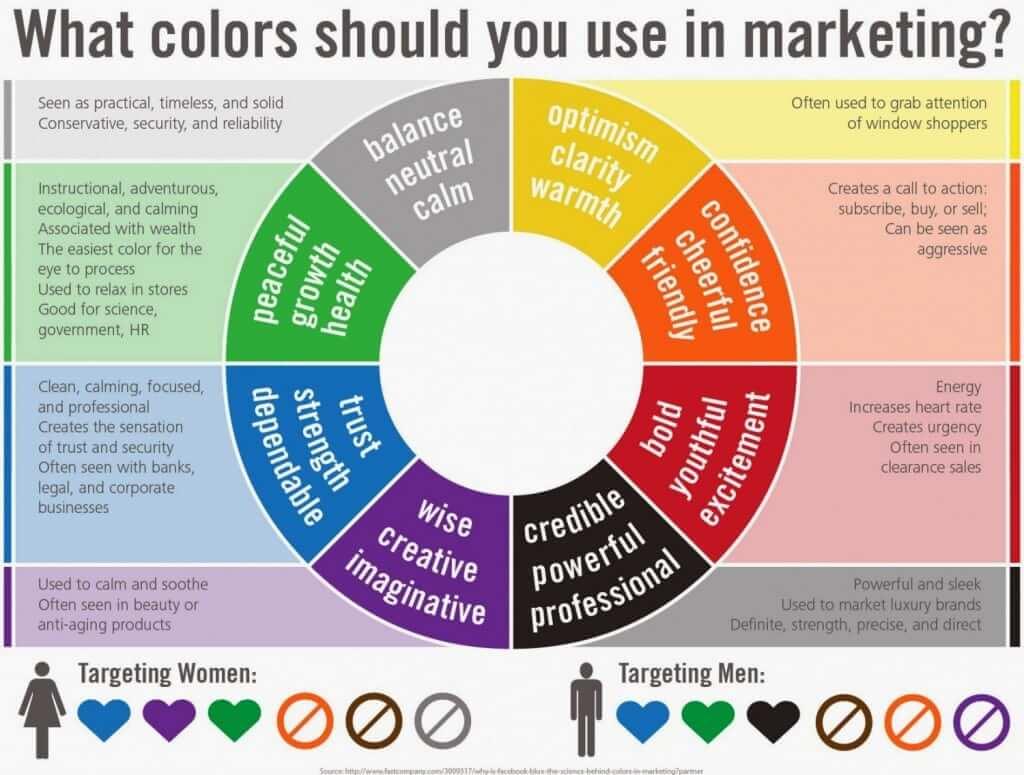The Psychology of Color in Marketing: How Colors Influence Consumer Behavior
Colors are everywhere – in nature, our homes, and especially in marketing. But did you know that the colors brands choose have a profound psychological impact on how consumers perceive them? Understanding the psychology of color in marketing is crucial for brands aiming to connect emotionally with their audience, improve recognition, and drive sales. This article dives deep into how colors influence consumer behavior, practical insights for marketers, and real-world examples demonstrating their power.
What Is the Psychology of Color in Marketing?
At its core, color psychology studies how colors impact human feelings, attitudes, and behaviors. In marketing, colors are powerful tools used strategically to evoke specific emotions and influence consumer decisions. Choosing the right color palette helps brands create an identity and message that resonates on a subconscious level.
For instance, a fast-food chain might use red to stimulate appetite and urgency, while a financial institution might choose blue to convey trustworthiness and stability.
Why Colors Matter in Branding and Marketing
- Builds brand identity: Colors become synonymous with your brand’s personality and message.
- Evokes emotions: Colors trigger emotional responses which affect consumer choices.
- Improves recognition: Consistent color use increases brand recall by up to 80%.
- Influences purchase decisions: Colors can subconsciously impact whether someone buys a product or not.
Color Meanings & Consumer Perceptions
Different colors evoke different feelings. Here’s a handy table summarizing primary colors commonly used in marketing and what they represent:
| Color | Emotional Associations | Marketing Use Cases |
|---|---|---|
| Red | Excitement, passion, urgency | Fast food, clearance sales, impulse buys |
| Blue | Trust, calm, professionalism | Finance, healthcare, technology |
| Green | Growth, health, tranquility | Eco-friendly brands, wellness, outdoor products |
| Yellow | Optimism, happiness, energy | Children’s products, entertainment, food packaging |
| Orange | Creativity, enthusiasm, friendliness | Call-to-actions, youthful brands |
| Purple | Luxury, wisdom, spirituality | Beauty products, premium brands |
| Black | Power, sophistication, elegance | Luxury goods, fashion, technology |
| White | Purity, simplicity, cleanliness | Healthcare, minimalistic brands, tech |
Benefits of Using Color Psychology in Marketing Strategies
Integrating color psychology thoughtfully into your marketing can bring several advantages:
- Enhanced brand loyalty: Customers often feel emotionally connected to brands whose colors resonate with them.
- Higher conversion rates: Adjusting CTA buttons and website themes to certain colors can increase clicks and sales.
- Effective messaging: Colors align your message with target audience moods-for example, calming blues for health-related ads.
- Competitive differentiation: Distinct brand colors help you stand out in a crowded market.
Practical Tips for Using Color Psychology in Marketing
To maximize the impact of colors in your marketing efforts, consider these best practices:
- Know your audience: Gender, age, culture, and personal preferences can affect color perception.
- Align color with brand personality: Ensure your colors reflect the emotion and tone you want to convey.
- Use contrasting colors for CTAs: Make buttons and key actions stand out visually to boost conversions.
- Keep it simple: Stick to 2-3 primary colors to avoid overwhelming your audience.
- Test color variations: Run A/B tests on landing pages or ads to see which colors perform best.
- Consider cultural meanings: Color symbolism can vary-red is luck in China but danger in Western cultures.
Case Studies: Brands That Mastered Color Psychology
Understanding the psychology of color has helped several global brands achieve marketing success. Here are a few examples:
1. Coca-Cola – The Power of Red
Coca-Cola’s iconic red logo symbolizes excitement, energy, and passion – emotions that connect deeply with their fast-paced, joyful brand atmosphere. The color also stimulates appetite, making it especially effective for a beverage brand.
2. Facebook – Trust through Blue
Facebook chose blue to convey trust, calmness, and reliability. Blue also tends to have universal appeal-a perfect fit for a social platform aiming for a broad demographic. Mark Zuckerberg being red-green colorblind further reinforced the choice!
3. Starbucks – Green for Growth and Health
Starbucks’ green logo reflects its connection to nature, sustainability, and growth while promoting a relaxed and welcoming environment. It’s no coincidence their stores often feature earthy tones paired with green branding.
How to Start Applying Color Psychology Today
If you’re ready to harness the power of colors in your marketing, here’s a simple plan to get started:
- Audit your existing branding: Evaluate your current color scheme versus your brand values.
- Research your target audience: Identify emotional triggers and cultural nuances around colors relevant to them.
- Choose primary and secondary colors: Use the color meanings above as guidelines to select shades.
- Update your marketing assets: Incorporate the new color scheme into your logo, website, social media, and packaging.
- Monitor and optimize: Collect data on engagement and sales to tweak your color strategy as needed.
Conclusion
The psychology of color is a dynamic and influential aspect of marketing that every brand should tap into. By intentionally selecting colors that align with your brand personality and resonate with your audience, you can boost emotional connection, recognition, and ultimately, sales. Whether you’re designing a logo, creating ads, or optimizing your website, understanding how colors impact consumer behavior is a marketing game-changer.
Remember: Color is more than just aesthetics – it’s a language that speaks directly to the subconscious mind. Use it wisely, test frequently, and watch your marketing efforts come alive with vibrant results.











